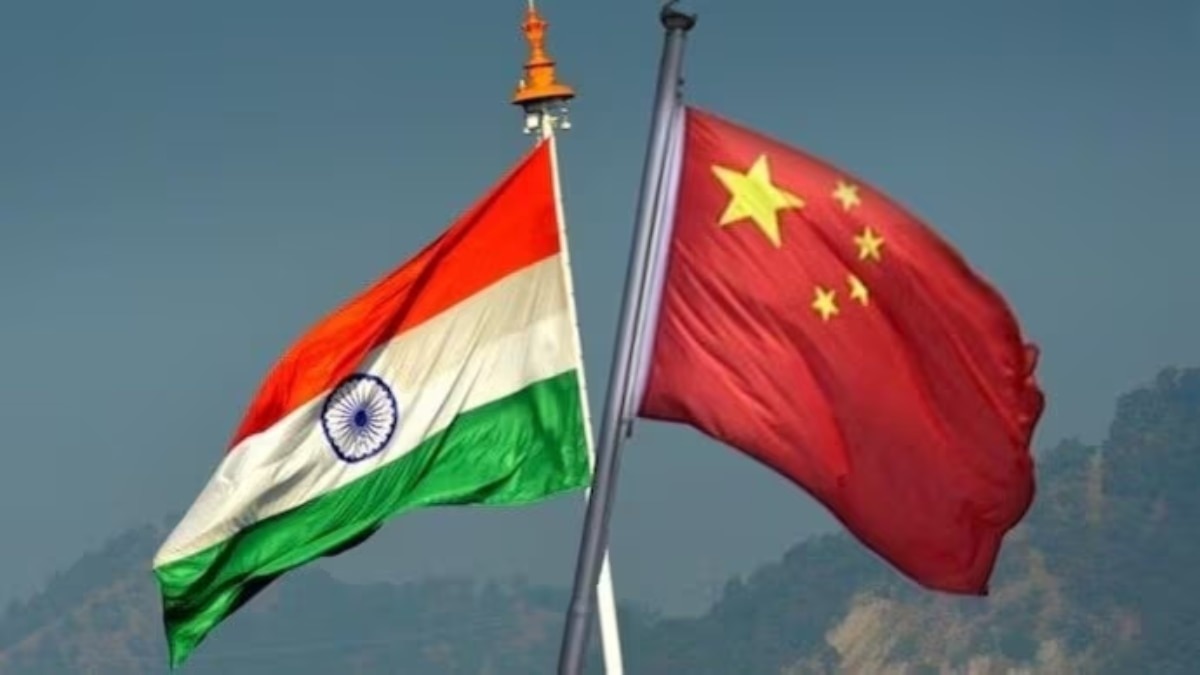China has staged a financial coup, exploding from 3% to 18.6% of global wealth since 2000, while India, despite its trillion-dollar dreams, has barely scraped up 3.4%. The gap isn’t just wide — it’s accelerating, warns data analyst Abhyudaya Avasthi.
“China has pulled off one of the most dramatic wealth accumulations in modern history,” Avasthi wrote on LinkedIn, comparing China’s meteoric rise to India’s slow crawl over 24 years.
Back in 2000, China held just 3% of global wealth. Today, it commands 18.6%, second only to the U.S. India, by contrast, has moved from under 2% to about 3.4%—a minor uptick in a period of massive global restructuring.
Total wealth figures expose the chasm. China now holds $84.5 trillion in assets, more than 5.5 times India’s $15.4 trillion. The U.S. still leads at $139.9 trillion, while Japan sits at $22.6 trillion.
China has also pulled far ahead on household wealth. The median Chinese adult now holds $27,000—seven times the Indian median of just $3,700. Even in average terms, China leads with $75,000 versus India’s $16,500. The U.S. remains dominant at $560,000 mean and $110,000 median.
“China’s median wealth is 7x India’s,” Avasthi stressed, calling it a direct result of a rising, resilient middle class.
The inequality gap tells another story. China’s Gini coefficient stands at 70.9%—well below India’s 82.5% and the U.S.’s 83%, suggesting China’s wealth is not only bigger, but better distributed. Japan remains the most equal at ~65%.
In high-net-worth individuals, too, China ranks second globally, ahead of Japan and India.
“For any nation chasing prosperity, China is the benchmark,” Avasthi said.







